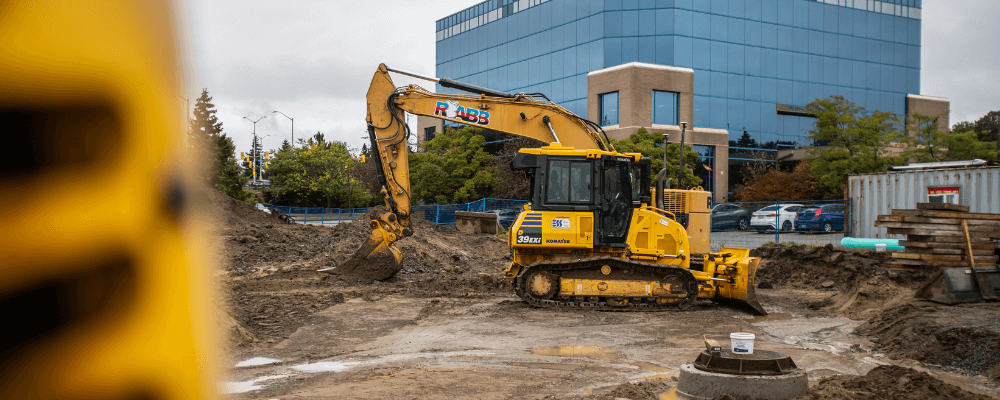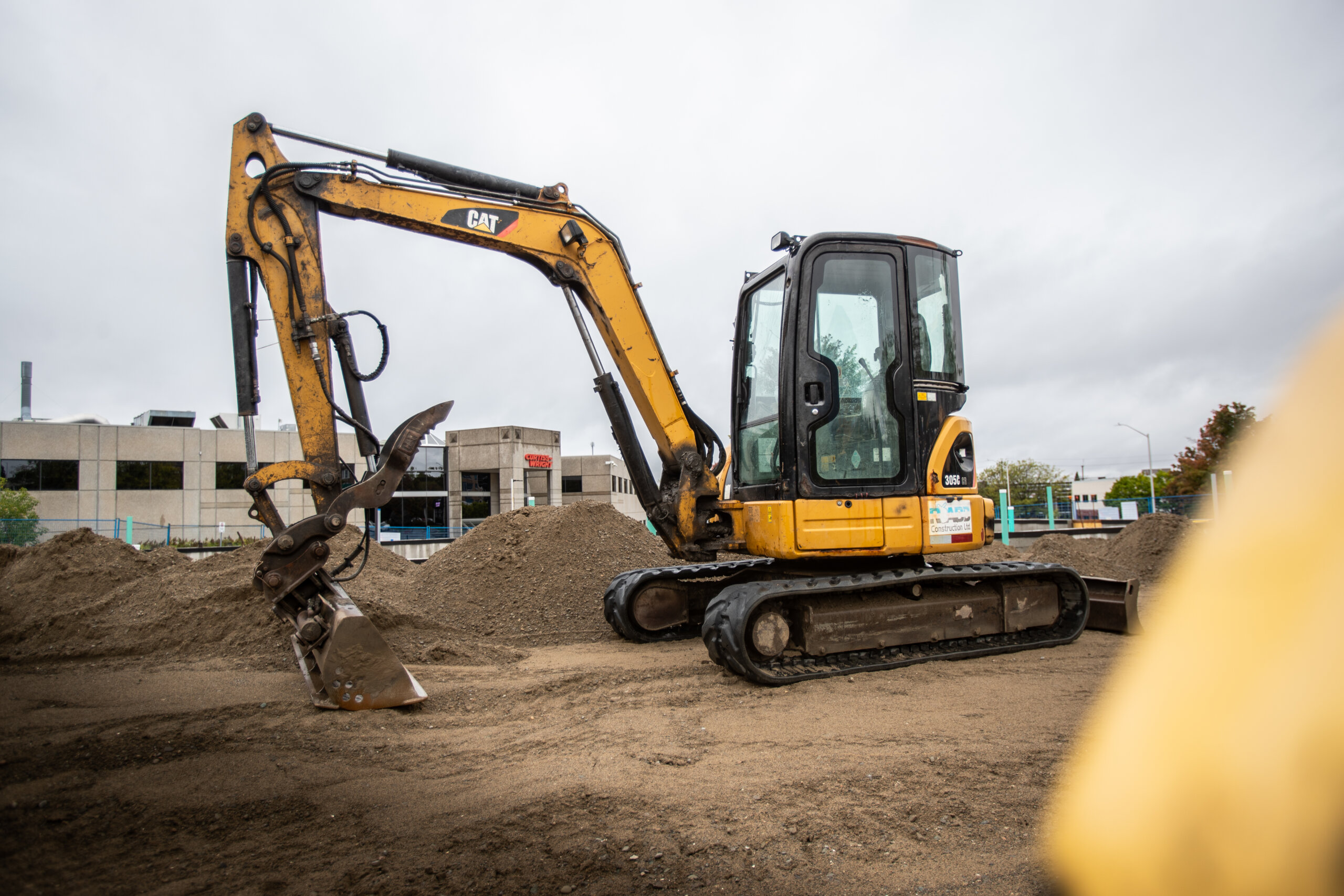As compliance with Ontario’s Excess Soil Regulation becomes more complex, construction companies need tools that can help them manage the additional documentation and tracking requirements.
Here are four ways implementing construction management software can help you simplify processes and ensure compliance:
- Automated Data Collection and Tracking
- Centralized Documentation
- Simplified Reporting and Compliance Checks
- Improved Communication and Collaboration
Now let’s dive a little deeper into each one…
1. Automated Data Collection and Tracking
Construction management software can automate the collection and tracking of data related to soil movement and compliance. This includes:
- Real-time tracking of soil as it moves from the excavation site to its final destination.
- Automated logging of transportation details, including routes, delivery confirmations, and regulatory compliance data.
- Instant generation of necessary documentation, such as transportation logs and soil management reports, reducing the risk of errors.

2. Centralized Documentation
Managing the extensive documentation required under the On-Site and Excess Soil Management Regulation can be challenging, especially for companies handling multiple projects. The document management component of construction management software allows companies to store all relevant documents in a centralized, digital platform, making it easy to access and retrieve information when needed.
Key benefits of centralized documentation include:
- Easy access to Soil Management Plans, soil testing results, and tracking logs by those who need it.
- Automated record retention for the required seven-year period, ensuring compliance with the regulation’s record-keeping requirements.
- Version control to track changes and updates to documentation, ensuring that the most current information is always available.
- Electronic signatures.
3. Simplified Reporting and Compliance Checks
Construction companies can streamline the reporting process by automating the generation of required reports for regulatory authorities with the appropriate software. This reduces the time spent on manual reporting and helps ensure that reports are submitted on time.
Additionally, compliance alerts and notifications can be built into the software to remind project managers when key compliance tasks, such as soil testing or report submissions, are due. This helps prevent missed deadlines and ensures that projects remain compliant throughout their duration.
4. Improved Communication and Collaboration
Construction projects often involve multiple stakeholders, including project managers, environmental consultants, contractors, and haulers. Construction management software provides a platform for improved communication and collaboration across teams, ensuring that all stakeholders have access to the same information and are working toward the same compliance goals.
By digitizing soil management processes, construction companies can reduce administrative burdens, improve accuracy, and ensure that they remain compliant with Ontario’s Excess Soil Regulation.
Adopting Construction Management Software for Documentation Requirements
Ontario’s Excess Soil Regulation has introduced significant new requirements for managing soil in construction projects. While the regulations are designed to protect the environment and promote sustainability, they also present challenges for construction companies. By adopting construction management software for their documentation requirements, companies can streamline compliance, reduce administrative tasks, and ensure that they meet their regulatory obligations efficiently.
Construction companies that embrace digital solutions not only stay ahead of regulatory requirements but also position themselves for greater operational efficiency and long-term success.


